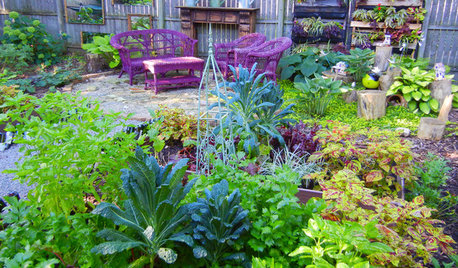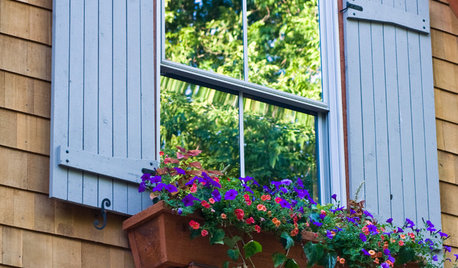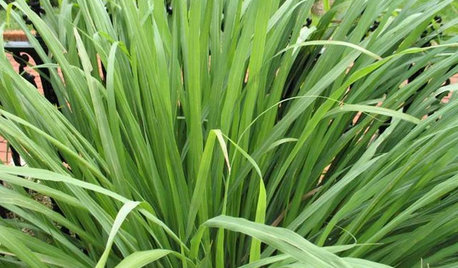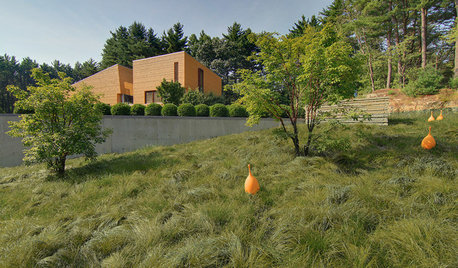Growing Grass in Dense Shade
rhrunke
14 years ago
Related Stories

GARDENING GUIDESShades of Vegetable Gardens: Growing Edibles in Less Sun
See how one gardener produces a veritable feast of vegetables and herbs under a canopy of shade
Full Story
GARDENING AND LANDSCAPINGGrow a Lush Privacy Screen
No need to wait forever for patio privacy the green way. These 10 ideas will get your screening up and running in no time
Full Story
GARDENING GUIDESGrow Your Own Privacy: How to Screen With Plants and Trees
Use living walls to lower your home and garden's exposure while boosting natural beauty in your landscape
Full Story
FARM YOUR YARDHow to Grow Vegetables in Containers
Get glorious vegetables and fruits on your patio with a pro’s guidance — including his personal recipe for potting mix
Full Story
GARDENING GUIDESWhat Kind of Roses Should You Grow?
Want to add the beauty of roses to your garden? Find out which ones, from old-fashioned to modern, are right for you
Full Story
EARTH DAYGrow a Beautiful Garden With Ecofriendly Greywater
Reducing home water waste means lower bills and a healthier planet. Here's how to set up a greywater home irrigation system that can help
Full Story
CURB APPEALHow to Make a Window Garden Grow
Get the scoop on materials, installation, plantings and more to bring the charming look of window boxes to your home
Full Story
GARDENING GUIDESYes, You Can Grow Food in a Shady Yard
Your shady garden doesn’t have to be forever barren. Berries, herbs and other shade-loving plants can produce a delicious bounty
Full Story
HERBSHerb Garden Essentials: Grow Your Own Zesty Lemongrass
Add lemony goodness to cooking and tropical flavor to your yard with this grass-like herb native to Southeast Asia
Full Story
FLOWERS AND PLANTSCarex Pensylvanica Fills the Void in Dry Shade Gardens
Plant Pennsylvania sedge in eastern U.S. woodlands or dry shade gardens for spring flowers and softly textured bright green leaves
Full StoryMore Discussions






andy10917
dchall_san_antonio
Related Professionals
Accokeek Landscape Architects & Landscape Designers · Comstock Park Landscape Architects & Landscape Designers · Suffern Landscape Architects & Landscape Designers · Burlington Landscape Contractors · Woburn Landscape Contractors · Deer Park Landscape Contractors · Fair Oaks Landscape Contractors · Fairview Landscape Contractors · Hicksville Landscape Contractors · Munster Landscape Contractors · New Providence Landscape Contractors · Soddy Daisy Landscape Contractors · Greenfield Landscape Contractors · Jericho Swimming Pool Builders · Summerlin South Swimming Pool Buildersauteck
dchall_san_antonio
auteck
slateberry
skizot
auteck
skizot
auteck
skizot
auteck
skizot
dchall_san_antonio
auteck
dchall_san_antonio
bpgreen
slateberry
skizot
dchall_san_antonio
rhrunkeOriginal Author
auteck
auteck
auteck
txredesign
auteck
dchall_san_antonio
auteck
clinesh_aol_com